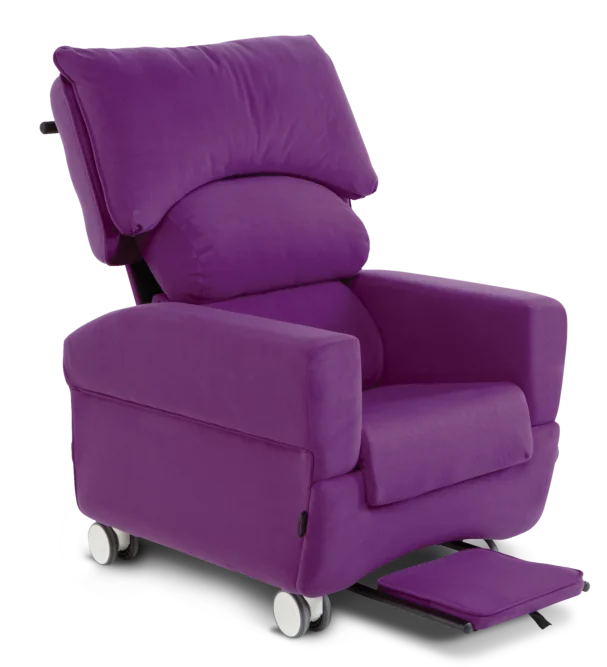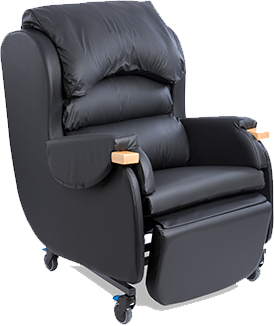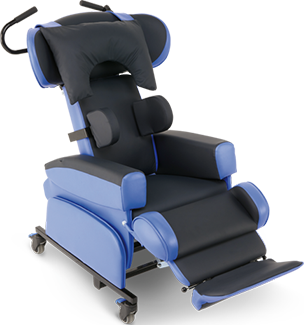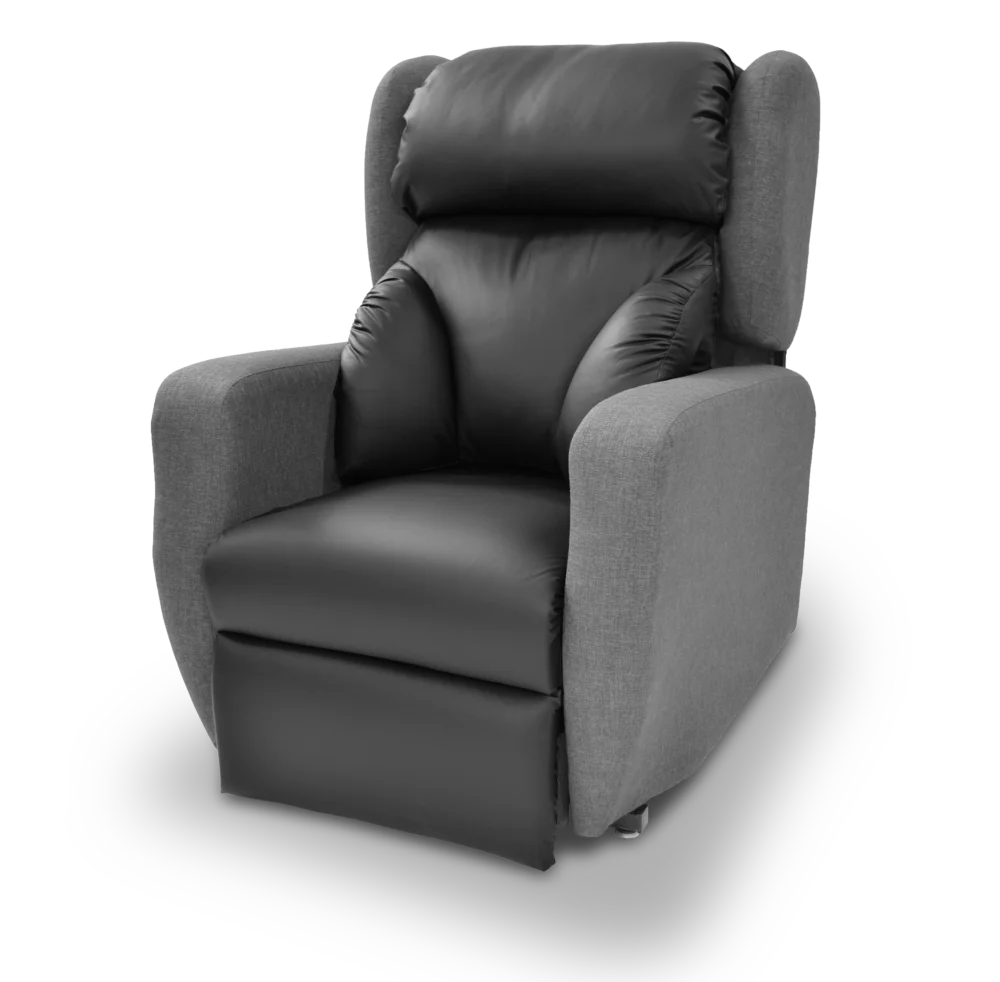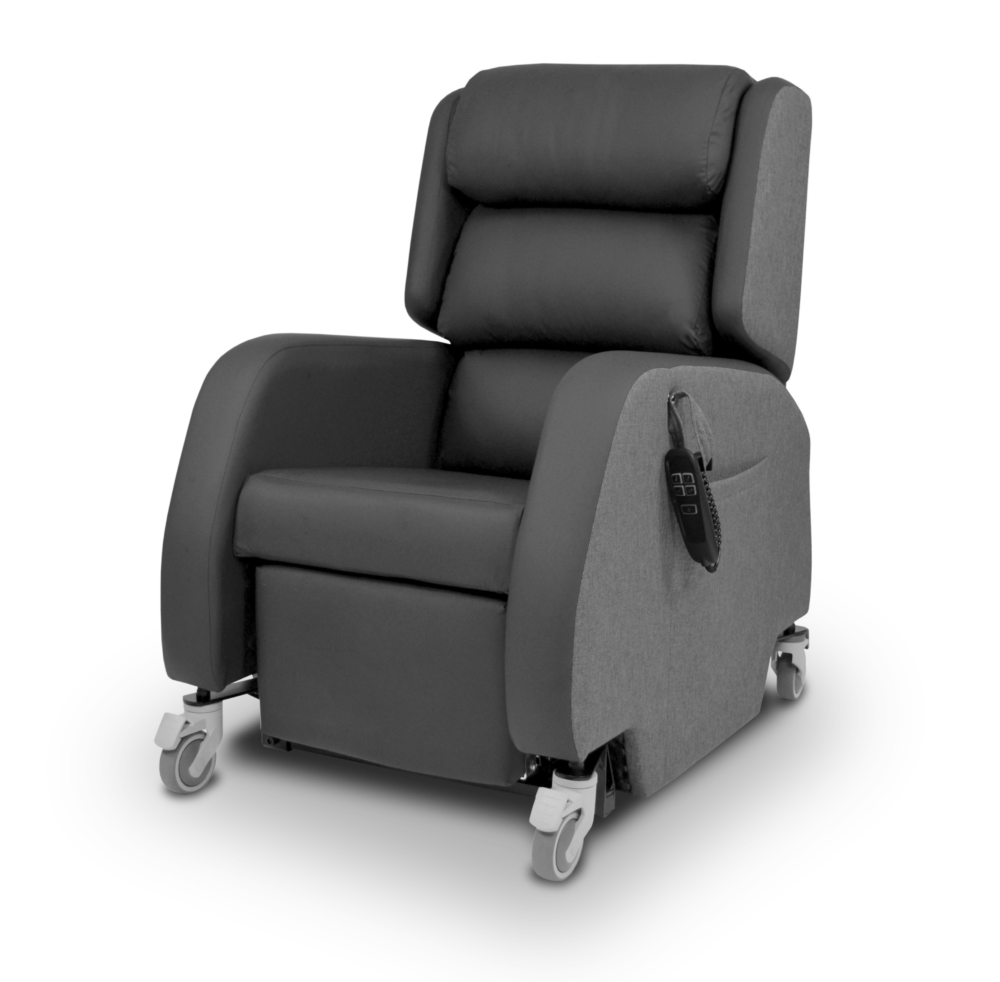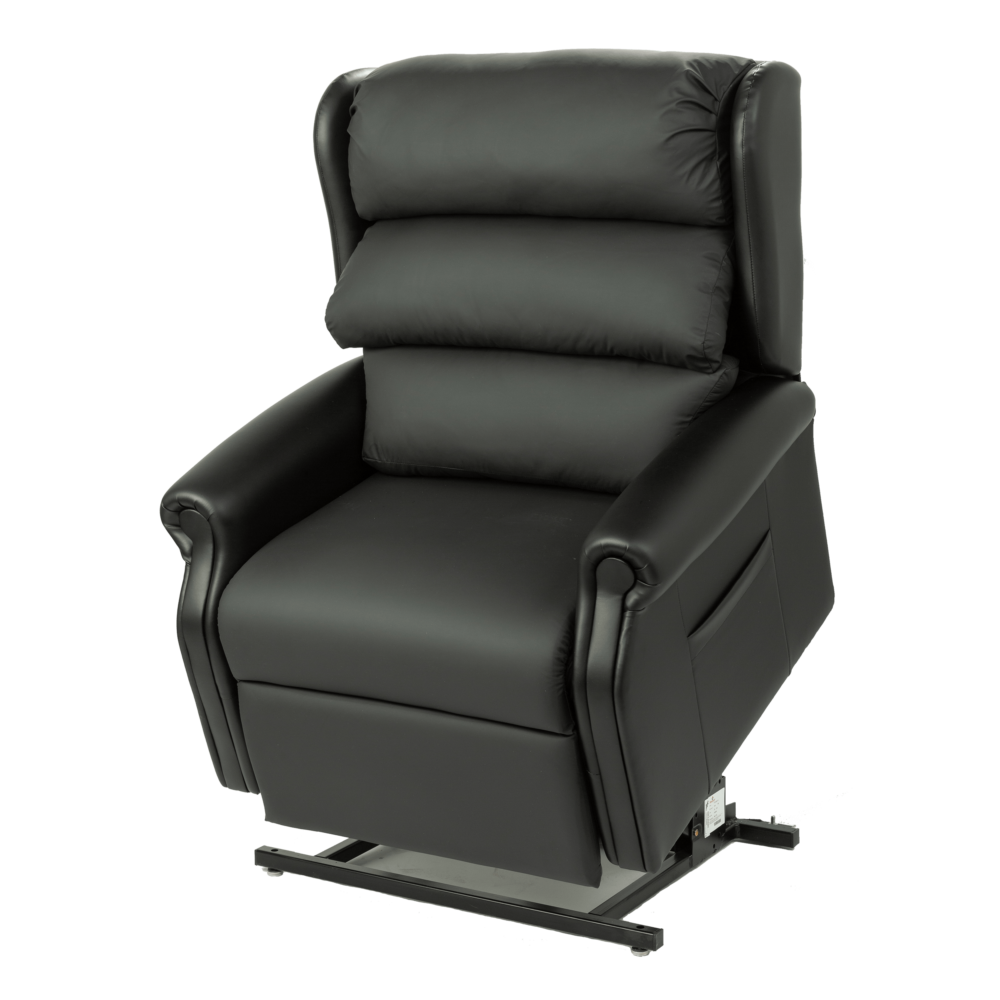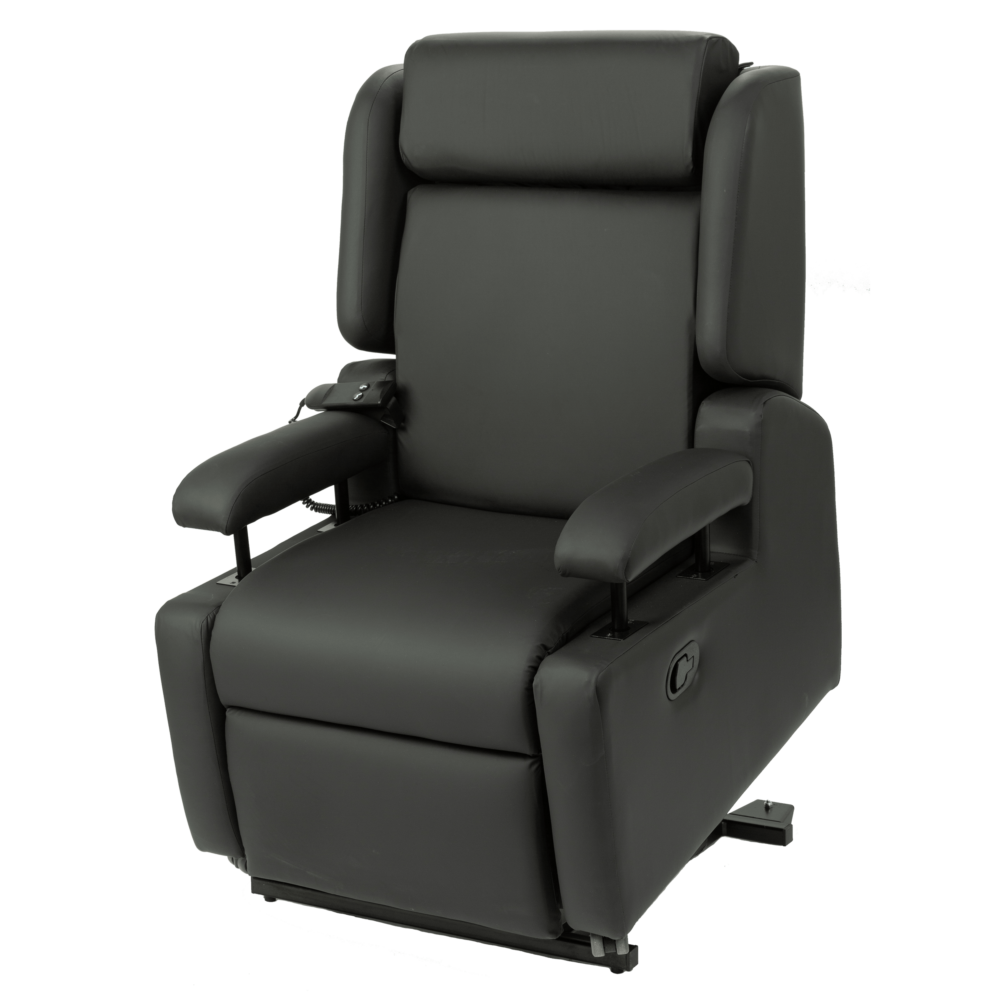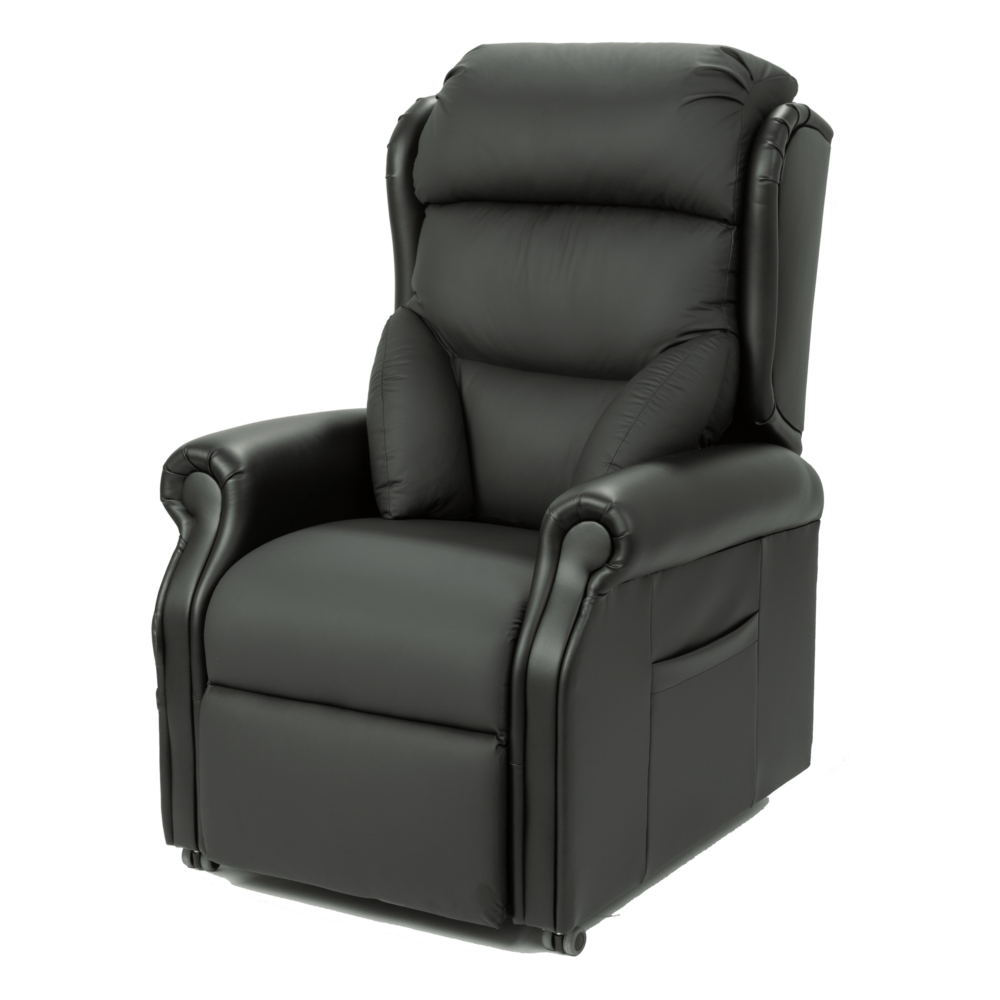Heads Up to Head Posture!
This week I want to share a friendly reminder of the importance of head posture.
Why is Head Posture Important?
The head is heavily influenced by the other body segments; the pelvis and spine will determine the position of the head. A person’s inability to sit upright can result in their health declining over time, and this would mainly be reflected in altered physiological function1 as trunk asymmetry and poor head control can impair:
- Respiration
- Cardiac efficiency
- Swallow function
- Digestion
Good head positioning is clearly critical for optimum physiological function and safety, but it is also vital for achieving the best position for interaction with the outside world; it can assist orientation and socialisation. A stable posture can help an individual engage more fully in social activities at home, school or work, and as part of the community2.
How Should the Head Be Supported?
The aim of specialist seating is to encourage the head and neck to be in an as upright and midline position as possible. As head supports can be restrictive, careful consideration is also needed of the user’s comfort; this can be a very fine balance with optimum support.
When addressing head posture, it is critical to consider:
- Comfort
- Breathing
- Eating and drinking
- Social interaction
- Energy management
Remember, pelvic stability and optimal trunk alignment is essential before addressing head posture.
Poor head positioning is generally associated with other postural challenges, such as a posterior pelvic tilt and an increased thoracic kyphosis. A comprehensive assessment will determine the problems that will need to be addressed during the seating prescription, and whether the individual’s posture is corrected or accommodated.
How Can CareFlex Help?
CareFlex are able to offer a range of chair functions and accessories, depending on the level of support required.
Head support can be an ultra soft pillow that conforms to the shape of the head to provide a higher level of comfort:
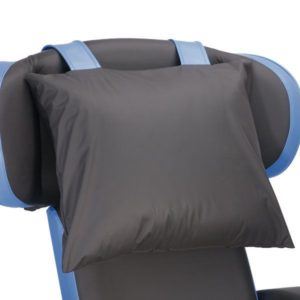
A more profiled headrest can offer the contouring needed for greater support at the shoulders, neck and head:

Support can also be more bespoke whereby memory foam lining with the sides cut away for unobstructed sight and hearing can provide full cranial support without impacting on social interaction, such as an inline headrest:

A kyphotic posture can significantly affect the user’s ability to achieve alignment with contact at the back of the chair; in these cases an articulating or multi-adjustable back may be indicated:

CareFlex also offer a tailored seating solutions service. During the seating assessment, it may become evident that a unique modification is required to achieve appropriate head positioning that is supportive yet comfortable. If so, details are passed to the design and engineering team, who then produce a schematic drawing and quotation for bespoke body segment support.
Please do not hesitate to get in touch to discuss yours, your loved ones, or your clients needs.
References:
- Bergen A, Presperin J, Tallman T (1990) Positioning for Function: The Wheelchair and Other Assistive Technologies New York: Valhalla Rehabilitation Publications Ltd.
- Trefler E, Taylor SJ (1991) Prescription and positioning: evaluating the physically disabled individual for wheelchair seatingProsthetics and Orthotics International 15(3):217-224

